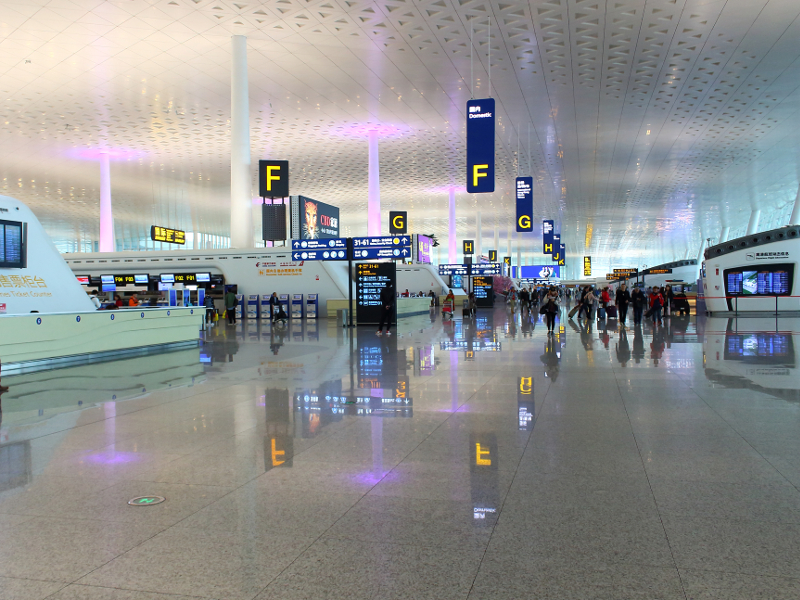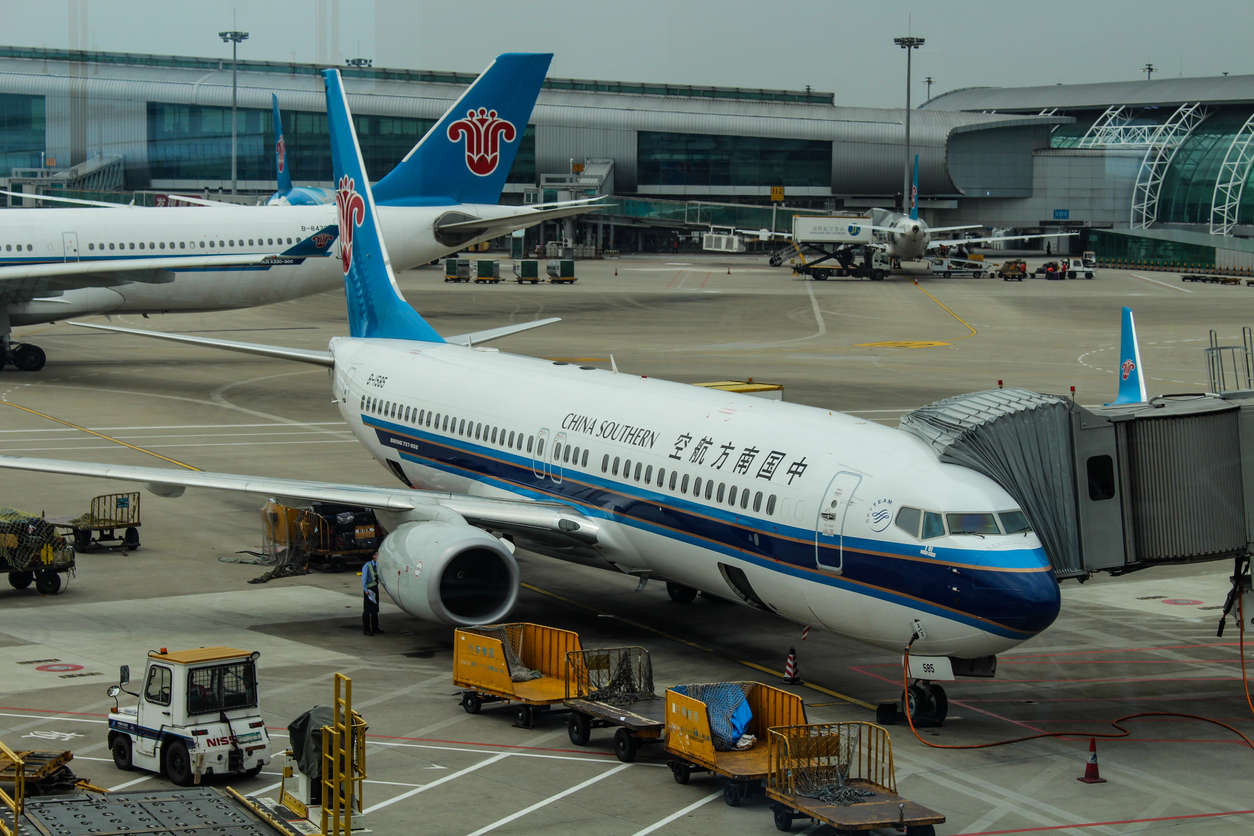Wuhan, the capital of Hubei province in Central China, was the first to face and combat the COVID-19 epidemic.
On April 8 the city is relaunching passenger transportation, including the air traffic, after 76 days of total restriction. This day is symbolic and significant for the country`s civil aviation.
Wuhan, or the "Chicago of China" is, thus, reconnecting to the rest of the country and to the world again. Straight after midnight the first cars left the city, transmitted live on the national TV.

On Sunday, April 4, terminal 3 of Wuhan`s airport got thoroughly desinfected - a total of 570 thousand square metres, including the equipment and facilities such as luggage carts, benches and elevators. The desinfection process involved 161 qualified employees.
A safe and healthy environment for the passengers is the essential goal of such measures, according to the terminal`s manager.
271 flights, 131 departures and 140 arrivals, were scheduled for the first day of the airport`s post-epidemic activity.
Hubei province`s other airports had already reopened on March 29, and over 26.400 passengers were transported by April 1 within a total of 377 flights, according to the Civil Aviation Administration of China (CAAC).
Wuhan Tianhe International Airport (WUH) was one of China`s main transport hubs before the coronavirus pandemic. It is located 26 km away from the city centre and is equipped with 2 parallel runways.

There used to be direct flights from Wuhan to such destinations as Paris, London, Rome, Tokyo, New York, San Francisco, Seoul, Osaka, Bangkok, Istanbul, Moscow, Dubai, Bali, Singapore and Sydney.
At the current moment, however, it seems most likely that in the nearest time there will be no direct flights to Wuhan from abroad.
Nevertheless, the reopening of Wuhan`s airport cannot be overestimated for its economic and, of course, symbolic significance.
China, as the first country who took the hit from the coronavirus outbreak, is now marking systematic improvements, related in particular to the aviation industry.